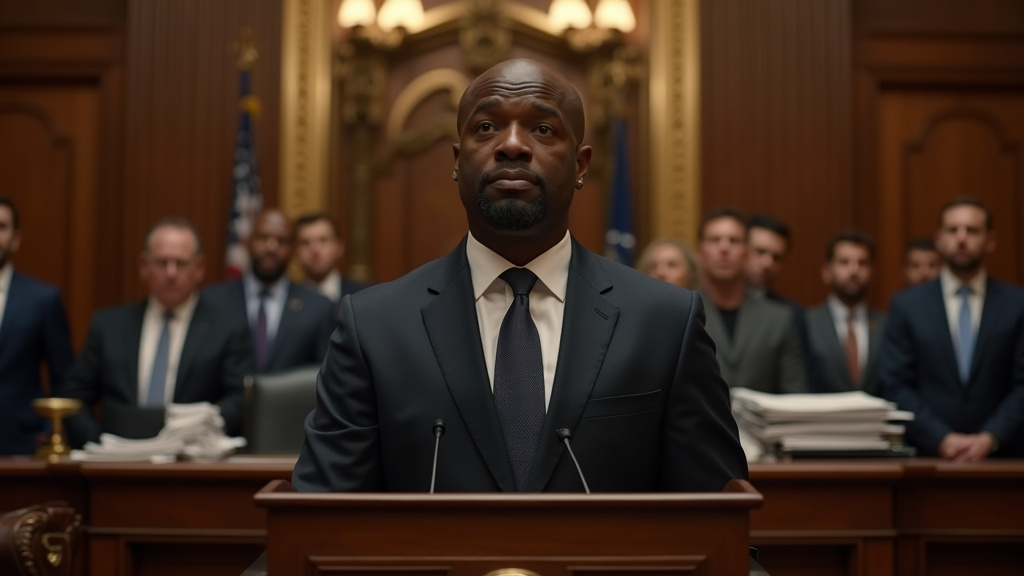The upcoming mayoral contest in New York City is drawing significant national attention, being eyed by political analysts as a potential bellwether for the future trajectory and potential resurgence of the Democratic Party. This perspective was recently highlighted in a syndicated column by veteran journalist Clarence Page, published on July 5, 2025.
Page’s analysis delves into the complexities of the Democratic political landscape, referencing an observation from a seasoned Chicago political veteran who suggested that the Democratic party often requires a period of introspection and unification after transitioning out of national leadership or facing electoral setbacks. The New York race, according to this view, could provide crucial insights into the party’s ability to regroup and build a cohesive coalition.
The Rise of a Longshot Candidate
A central figure in this unfolding narrative is Zohran Mamdani, a 33-year-old state assembly member whose unexpected strength in the Democratic primary has disrupted conventional wisdom. Mamdani, who identifies as a self-declared democratic socialist, has garnered attention not only for his policy positions but also for an unconventional background that includes a past career as a rapper.
His ascent has drawn comparisons from some observers, including those cited by Page, to the early, surprising rise of figures like Barack Obama, who similarly emerged from state-level politics to challenge established norms and expectations. Mamdani’s position as a longshot candidate is underscored by his challenge to what many perceive as a longstanding racial-ethnic glass ceiling within the city’s political structure.
Primary Success and Internal Friction
Mamdani’s unexpected success in the primary included overcoming established figures, notably defeating former Governor Andrew Cuomo. This victory signaled a potential shift in voter sentiment within the Democratic base, indicating an openness to candidates outside the traditional power structures.
However, Mamdani’s emergence has not been without friction. According to the column, concerns have been raised by some traditional Democrats regarding aspects of his platform and public image. Specifically, his stance on issues related to Israel has prompted debate and apprehension among certain segments of the party.
Additionally, there are reported concerns about the need for Mamdani to more clearly articulate or address perceptions surrounding his views on free market capitalism, a cornerstone of the mainstream Democratic economic approach. These internal debates reflect the broader ideological diversity and sometimes conflicting priorities within the contemporary Democratic coalition.
A Test of Democratic Unity
The New York mayoral race, therefore, is seen as more than just a contest for city leadership; it is a crucial test of the Democratic party’s capacity for unity. The ability of various factions – from progressive socialists like Mamdani to more traditional centrist Democrats – to eventually coalesce around a shared vision and candidate will be paramount.
The Chicago political veteran’s observation resonates here: can the Democrats, after recent political transitions, effectively unify their diverse elements? The outcome in New York, and the manner in which the party navigates its internal differences throughout the campaign, could offer a window into its potential success in future electoral cycles at both local and national levels.
Clarence Page’s column ultimately emphasizes that the future health and efficacy of the Democratic coalition, and by extension, potentially the balance of American democracy, may well hinge on the party’s ability to bridge ideological divides and forge a united front, with the New York mayoral race serving as a critical early indicator of whether that unity is achievable.












